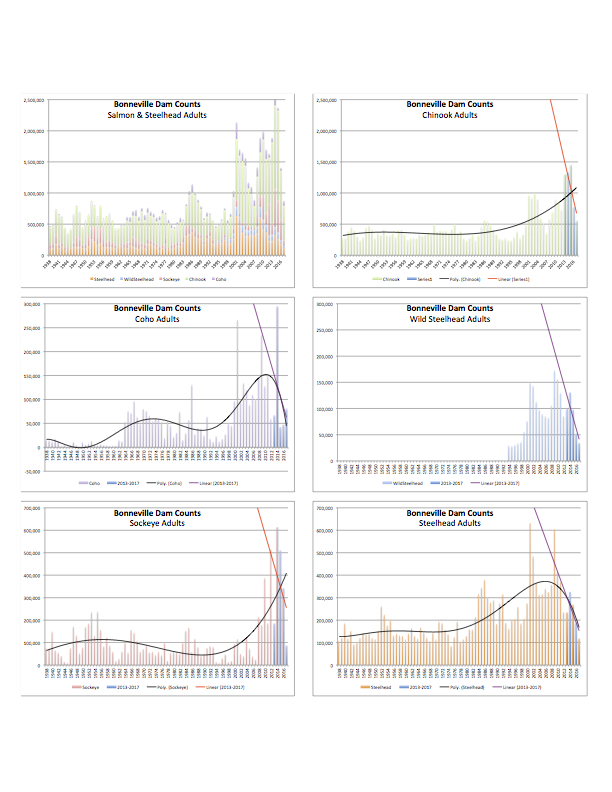forum
library
tutorial
contact

The Media's Different Takes
On a Dam Bill
by Sue Lani Madsen
Spokesman-Review, May 5, 2018
|
the film forum library tutorial contact |

|
The Media's Different Takes
by Sue Lani Madsen
|
 After passage in Congress of HR 3144 on April 25, Rep. Dan Newhouse and Rep. Cathy McMorris Rodgers held an open media call. It was interesting as an apprentice journalist to observe the journeymen at work during a virtual news conference. Public officials want to send messages, journalists don't want to be messengers. But they send messages in every judgment call required to meet their deadline and word count.
After passage in Congress of HR 3144 on April 25, Rep. Dan Newhouse and Rep. Cathy McMorris Rodgers held an open media call. It was interesting as an apprentice journalist to observe the journeymen at work during a virtual news conference. Public officials want to send messages, journalists don't want to be messengers. But they send messages in every judgment call required to meet their deadline and word count.
Journalists always go for numbers. The House vote was 225-189. In eight newspaper stories surveyed online after the news conference, every one of them grabbed this totally objective yet least useful piece of information, which appeared in the second paragraph in all but The Spokesman-Review, which rightfully buried it.
But even simple numbers are subject to attempted spin. Newhouse and McMorris Rodgers emphasized it was a bipartisan bill. Only the longest of the stories included the word bipartisan, referring to the bill's sponsors. HR 3144 did have one Democrat as a co-sponsor. Eight Democrats voted for the bill, eight Republicans voted against it. Everyone else voted party line. Dropping the word bipartisan in the interest of space and relevance was a simple judgment call.
A more relevant number is $40 million. This was described as "$40 million in lost power revenues" (AP), "can expect to pay $40 million more for electricity" (Tri-City Herald), and "$40 million each year in higher electrical rates" (Capital Press). The Inlander doesn't mention the total but does use over 10 percent of its word count to reference a poll of Washington voters funded by Save Our Wild Salmon. According to that poll, "most people are willing to pay between $1 and $7 more per month."
The Spokesman-Review report cited both Newhouse and Joseph Bogard, executive director of Save Our Wild Salmon. Newhouse said the $40 million will negatively affect power rates for families and businesses; Bogard claimed it works out to less than $1 per month per ratepayer. The Tri-City Herald and the Inlander also included Newhouse's reference to the Bonneville Power Administration's projection of possible power blackouts.
The Tri-City Herald had the longest story at 876 words and not surprisingly the most detail. Among regional papers, the Inlander gave it 499 words, Spokesman-Review 534 and Seattle Times 554.
The Associated Press gave it 554 words. Three of the surveyed newspapers, including the Seattle Times, used the AP reporting. The Capital Press uploaded the original AP report and followed it the day after with local reporting headed for the weekly print edition. The Washington Post shared the AP report to both their Federal page and the Politics and Courts page. If you think you're seeing the same story on multiple platforms, it's probably from the AP.
While the AP and others referred to reversing the court decision, the Inlander chose to say H.R. 3144 will "subvert" a court order. Oregon Democrat and co-sponsor Rep. Kurt Schrader described it as codifying "that science, not politics or the courts, should dictate the best way to balance fish recovery and the power needs in the Pacific Northwest."
The Tri-City Herald used its 40 percent longer format for more background on issues in the reversed court order from U.S. District Judge Michael Simon in Portland. One of those issues is the potentially deadly impact of higher spill rates ordered by Judge Simon to flush young salmon downstream. A 2017 declaration filed with the court by Ritchie J. Graves, of the National Marine Fisheries Service, points to the potential for the higher flows to "result in unintended consequences, including greater adverse gas bubble disease."
The Tri-City Herald quotes both the opponents of the court-ordered spill on the impact of increasing gases in the water killing fish, and supporters of the spill who are willing to take the risk in hopes of saving fish.
And so we have a judgment call setting deadlines made by a single appointed judge versus a judgment call made by 225 elected members of Congress accepting the work of 10 federal agencies, multiple tribes and other stakeholders over 20 years. HR 3144 continues the current timeline to a 2022 update, just four years away. Those are the numbers that matter.
learn more on topics covered in the film
see the video
read the script
learn the songs
discussion forum
